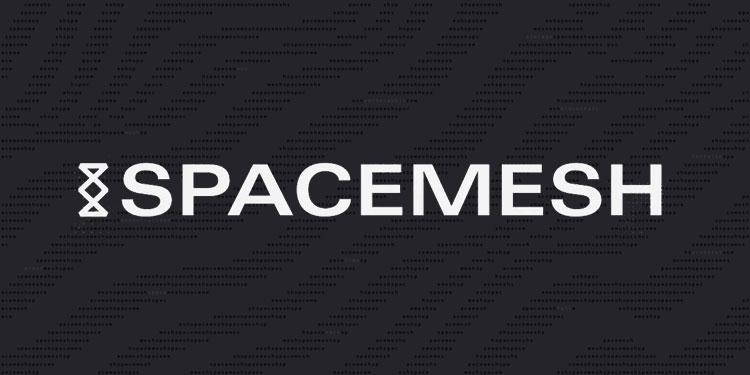
Led by Prof. Tal Moran, Spacemesh’s team of cryptographers spent over five years creating a new and innovative method to achieve consensus in a permissionless environment from scratch. The project deviates from the commonly-used Proof of Work (PoW) or Proof of Stake (PoS) algorithms, instead utilizing Proof of Space-Time (PoST). Furthermore, Spacemesh employs a Directed Acyclic Graph (DAG), referred to as a “mesh,” rather than a traditional blockchain for its topology. Additionally, it implements lottery-free, non-competitive “leaderless” voting, called “Collaborative Mining,” as opposed to the winner-takes-all paradigm used by Nakamoto-based consensus protocols.
In terms of energy efficiency, Spacemesh miners differentiate themselves by reusing the original proof continually, significantly reducing energy consumption and ongoing operational costs. This approach stands in contrast to generating a new proof for every challenge, which typically requires substantial energy expenditure. The protocol also ensures fairness for smaller home miners by rewarding them based on their storage commitment size during each epoch, preventing dominant miners from receiving an unfairly large share of rewards, including adversarial ones.
Spacemesh’s permissionless cryptocurrency offers lower barriers to entry compared to other similar projects. Individuals can become miners (referred to as “smeshers”) with just a PC that has available storage space, any GPU with OpenCL support, and a reliable internet connection. Specialized mining equipment, deposits, bank accounts, or credit cards are unnecessary. The combination of low entry barriers, minimal ongoing operational costs, and incentive compatibility aims to guarantee a fair distribution of rewards.
Cryptocurrency Project Aims to Overcome Barriers and Achieve Widespread Adoption
By joining the network and committing the minimum required storage, miners become active participants and receive a fair share of rewards during each epoch. This share is expected to cover electricity expenses or hardware replacement costs. The absence of competition-based rewards and the low marginal costs for home users encourage smaller miners to participate, fostering a diverse ecosystem where even minor participants can contribute without being priced out.
One significant aspect of Spacemesh’s approach is the guarantee of consistent and predictable rewards for every miner, regardless of the number of participants in the network. There are no races for significant payouts or reliance on luck through lotteries. Tomer Afek, the co-founder and CEO of Spacemesh, explains that to realize the full potential of cryptocurrency, it must be introduced in a way that does not resemble gambling or an activity limited to elites. Instead, it should be accessible to everyone, requiring only existing PCs and know-how, without any additional out-of-pocket expenses.
As the People’s Coin, Spacemesh aims to make its code, apps, and overall user experience understandable and accessible to regular individuals. The project is dedicated to breaking down barriers that hinder broader cryptocurrency adoption, continuously working to lower entry barriers and ensure a more inclusive participation in the crypto revolution. The ultimate goal is to create a more equitable world, promoting cooperation at the local, national, and global levels by making cryptocurrency accessible to all.
